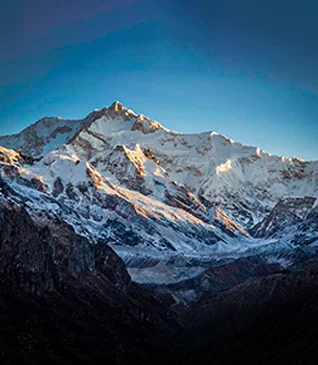A trek is to enjoy and appreciate nature and its bounties. However, we all are aware of the negative impact on our environment due to continuous negligence in preserving nature. It is time for us to come together to adopt environment-friendly approaches and employ them wherever possible. On a monsoon trek, there are quite a few environment-friendly hacks that you can practice and encourage your fellow trekkers to adopt.
Sustainable Trekking Destination

The trekking destination itself can be sustainable. You can choose national parks and protected areas that prioritize nature conservation and have well-marked trekking routes. Check the Valley of Flowers trek if you want to know more about sustainable monsoon trek destinations.
Use of Reusable and Biodegradable Items

Choose reusable trekking gear. Whether it is the water bottle or the tiffin box, your toiletries kit, medicine pouch – all these can be made of reusable material. You can opt for biodegradable pouches and covers to pack and protect your electronic items and other stuff on a monsoon trek.
Proper Waste Disposal Mechanism

One major way to reduce carbon footprints during the treks is to follow a leave-no-trace policy. Do not litter on the trail and around the campsite. Dispose of the waste at a designated place marked in the campsite so that the waste is collected and given for recycling once you come down from the mountains.
Monsoon in the Himalayas breathes new life into nature. The valleys, mountains, and waterbodies sing in unison with the varied indigenous species of flora and fauna to create a magical melody.
As a responsible trekker, it is our duty to protect our precious environment. Educating ourselves and others on the ways we can contribute to reducing carbon footprints on treks will have a chain of positive impacts. This can inspire the whole trekking community to adopt environment-friendly trekking hacks for their journeys.





.webp)










.webp)


